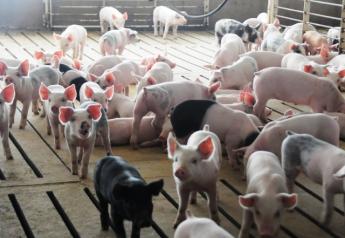You Lose Money With Every Employee Turnover

Recently, I was helping an ag-based company understand its turnover cost. As we considered the performance of new hires, it became evident the cost multiplier increased 20% more when the new employee quit in under 90 days. In turn, I was asked to help this company develop an onboarding process to address replacement issues.
What is onboarding?
According to Joyce E. A. Russell from The Washington Post, onboarding is “the extent to which organizations make new hires feel welcomed and prepared for their new jobs, the faster they will be able to be productive and contribute to the organization’s mission. In addition, good onboarding leads to higher employee engagement and greater retention rates.”
What foundational elements should you consider when onboarding new hires?
Help them understand they need to prepare mentally for the new challenge. The biggest mistake most new hires make is assuming what’s made them successful to this point will continue to do so without focusing on what the new role/boss/team require from them.
Accelerate their learning, or be prepared to be disappointed. Create a training environment that starts on day one by explaining what needs to be learned as well as who, when and where it will be taught. Do not assume they already know what level of execution you want or expect from them.
As the leader, understand and plan for the environment in which you’re putting them. For instance, in a startup environment, variability with ambiguous problems that require different skill sets and behavior might be the norm. A mature processing setting that strives to reduce any variables requires a completely different set of skills and behaviors.
Build in early wins for the new hire. This creates confidence and propels them to engage others while creating value. It’s one of the easiest things you can do to keep their sense of urgency high while confirming in their minds they made the correct decision in joining the team.
Let new employees know you
The most important relationship to build in the first 90 days is with the boss. Develop a series of touch points with the new hire. These discussions should focus on what employees need to value, how they should spend their time, and what skills and behaviors are expected. Also, share the dos and don’ts in your company, as well as how the employee’s career will develop.
If you are acquiring or building a team, set the standards you expect the team to deliver. Determine if team members need to be evaluated and ask yourself:
- Are they aligned with the strategic goals of the company?
- How will the new leader develop and build his/her team?
- If the leader must make a tough call regarding people, does he/she have your support?
- Do you require the new leader to develop a detailed three- to five-year workforce plan?
It is imperative you set up regular routines during this process, and don’t forget to build work-life balance into the program. Set the correct tune immediately and you won’t have an issue with work ethic.
Proper onboarding pays off
There’s an old proverb, “You catch more flies with honey than vinegar.” This perfectly describes the hiring and transition process. You want to attract potential candidates, and you also want to keep them. Remember: onboarding = decreased hiring cost + increased employee performance.








